#xinwei icons
Explore tagged Tumblr posts
Text







like / reblogs if you like them ! 🍥 (ᓚᘏᗢ)
#girls planet 999#girls planet icons#girls planet layouts#site model girls#site model layouts#vivi chen#vivi chen icons#hsinwei icons#chen hsinwei#chen hsinwei icons#xinwei icons#chen xinwei icons#site model icons
60 notes
·
View notes
Text
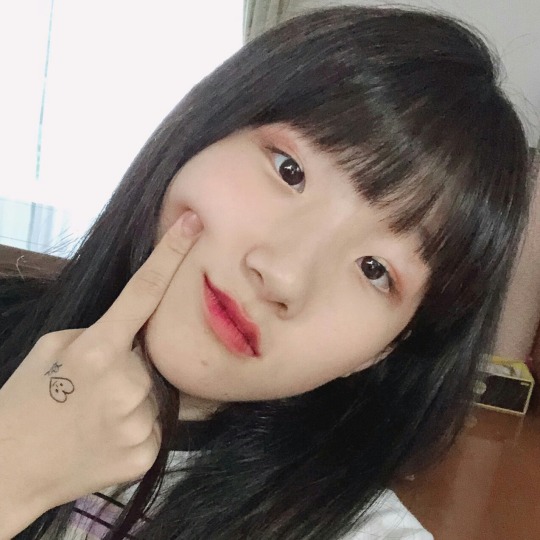
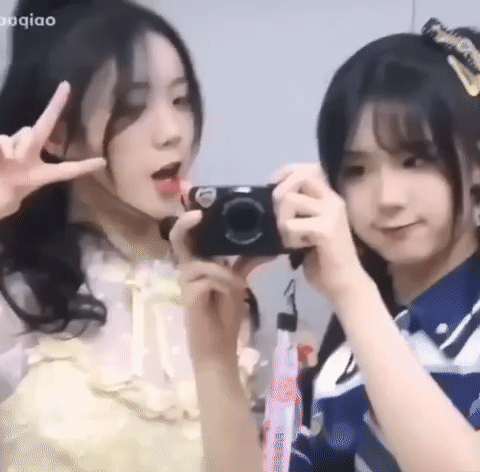





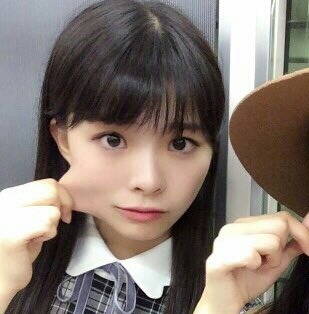

걸스플래닛999
#vote for hsinwei on universe#girls planet 999#gp999#nonaka shana#ling jiao#ling qiao#shen xiaoting#kim chaehyun#hsinwei#chen xinwei#gu yizhou#kawaguchi yurina#ezaki hikaru#icons
532 notes
·
View notes
Text

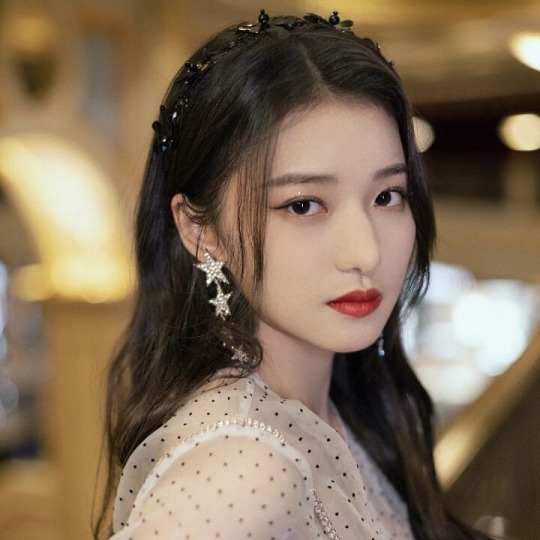
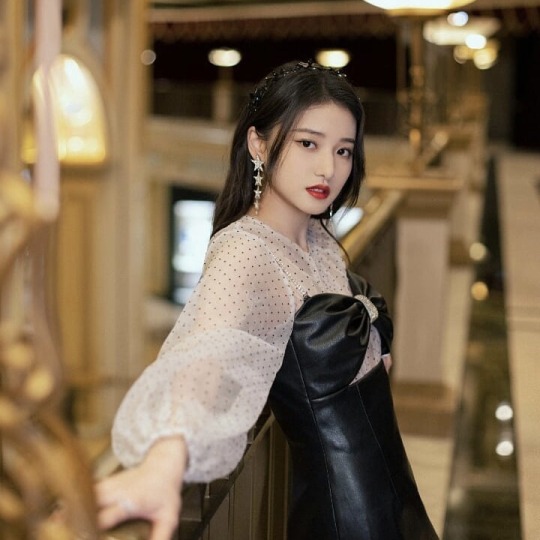
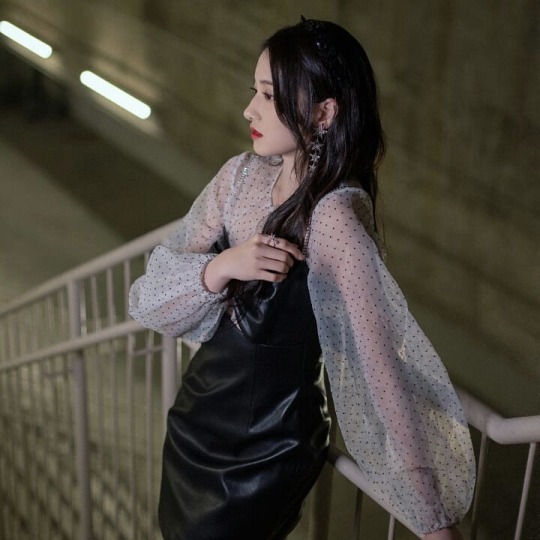





陈昕葳
icons
like or reblog
#chinese girl icons#cpop icons#chinese girl#twitter icons#chinese#asian girl icons#icons#instagram icons#青春有你2#陈昕葳#kpop soft icons#girls planet#girls planet icons#girls planet 999#vivi#chen xinwei#vivi chen#youth with you#youth with you icons
22 notes
·
View notes
Text
AU: Chen Hsin Wei from Girls planet 999 is a Chelsea FC's player


#kpop girls#kpop#chen hsin wei#gp999 packs#girls planet icons#girls planet packs#girls planet 999#girls planet999#chen xinwei#chelsea#chelsea fc#chelsea football club#chelsea fans#celebrity manips#soccer#football#womens soccer
1 note
·
View note
Text
Romantic Qixi PV poetry references
I would like to thank @love-p and @wedreamedlove for providing feedback and generously allowing me to implement them in this post.
youtube
Qixi Event is known for its genius use of ancient Chinese poetry. I would like to humbly explain them with my amateur knowledge.
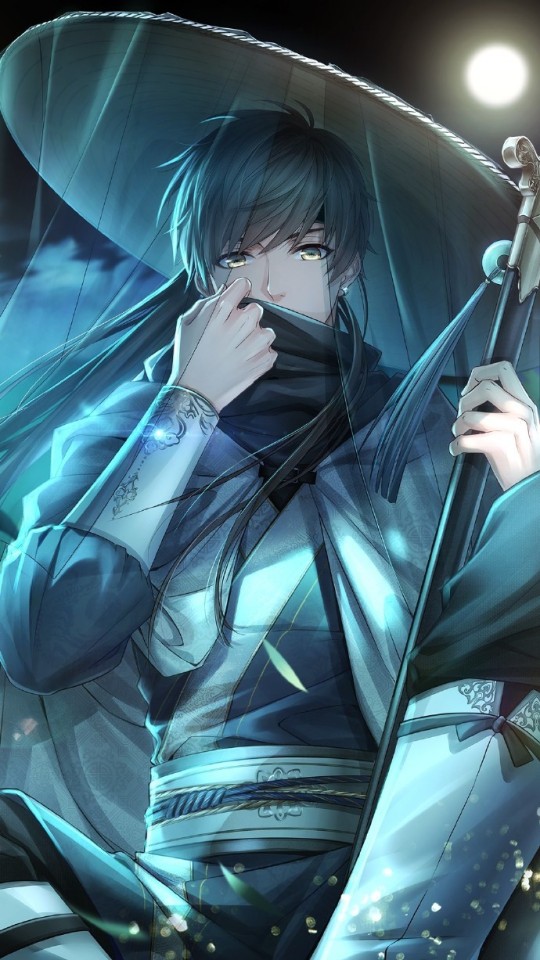
剑影斩山河万千,只为护你一世周全
This flash of steel cuts through mountains and rivers, all to make your life complete.
剑影 is derived from chengyu(Chinese idiomatic expression) 刀光剑影 which literally means the glint and flash of cold steel, used to describe a heated combat or fierce fighting.
周全 can mean completion, but it also means assisting you to finish something. Here Baiqi is saying that he will use his sword to fight everything in the world to help you do what you want in your life.
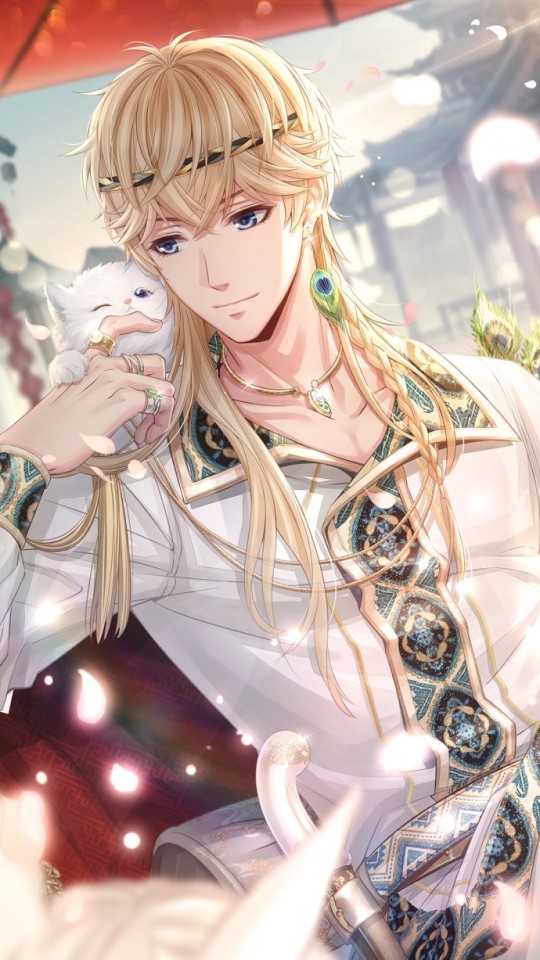
大漠孤烟,塞上江南,我都想与你共赏
From desert’s solitary smoke to fertile lands of river south, I want to share with you.
大漠孤烟 is from 使至塞上(On Mission to the Frontier) by Wang Wei(王维), a poet in Tang dynasty. This poem is about an emissary who’s going to the northern lands and how he describes the unfamiliar landscape around him.
塞上江南 is from 太平御览(Taiping Yulan), which is an encyclopedia in Song Dynasty. I ignored that 江南(Jiangnan) is actually a place name and translated it quite literally to river(江) south(南). 江南 was a region known for its fertile farmland so I thought the phrase “river south” was a good metaphor for that.
Zhou Qiluo is saying that he wants to see the whole world with you, from barren deserts in the north to fertile farmlands in the south.

你的回眸,超越了我此生越过的所有风景
Your glance over your shoulder exceeds all landscapes I’ve seen in the world.
回眸 means glancing back. The phrase itself is quite common but there’s an interesting poem about a certain woman glancing back to look at you.
長恨歌(Song of Everlasting Regret) by Bai Juyi(白居易) is a poem about the love story between Emperor Xuanzong and his consort Yang Guifei, who was known as one of the Four Beauties of Ancient China.
In this poem, when Yang Guifei glanced over her shoulder, her beauty made the other concubines fail in comparison. I like to think that Xumo thinks you’re more beautiful than anything he’s ever seen in his life, that your beauty is comparable to Yang Guifei, the icon of beauty in ancient China, like Helena of Troy is to the Greeks.

此生与你相遇,心甘拱手河山.
I met you in this life, I will give you all rivers and mountains.
This life means the life you are living now as opposed to next life or past life. Qixi Li Zeyan’s emperor vibes are more prominent than modern day Li Zeyan. He is an emperor who owns all the lands, rivers and mountains. But he will gladly give them all to you, because he was able to meet you in THIS lifetime.
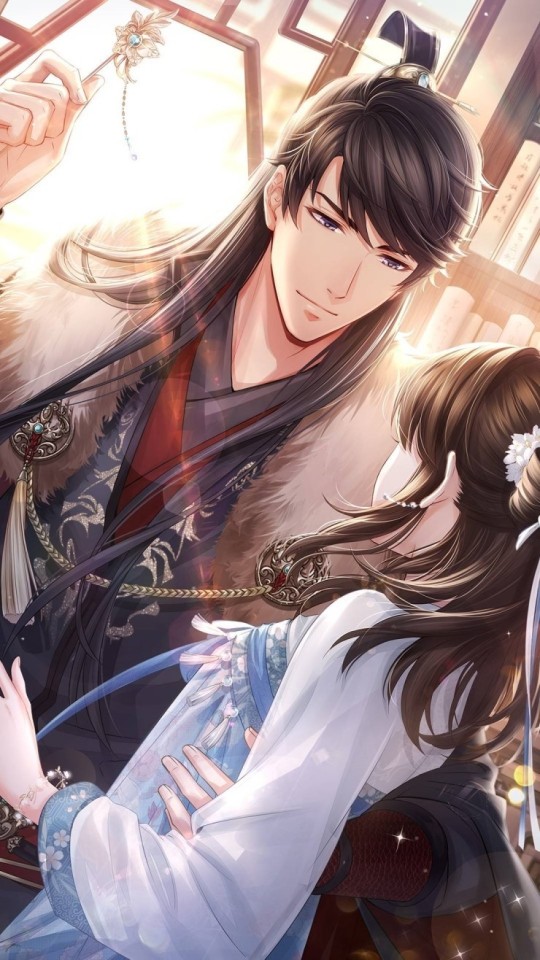
执子之手,夫复何求
To hold your hand, what more could I ask for.
执子之手 is a phrase from poem 击鼓(Sounding Drums) from 詩經(Classic of Poetry). This poem is about a man who got drafted into the army to fight in the war. He wishes that the war would end soon so that he could go back to his wife.
In this poem, the phrase 执子之手(To hold your hand) is used to describe how much the speaker wants to go home and be with his wife.
Li Zeyan is an emperor. He can have everything he wants. But when he is holding onto your hand, that’s enough for him and he doesn’t want anything else. His lands, his power, his wealth, winning in wars, they all mean nothing to him if he can just hold your hand.
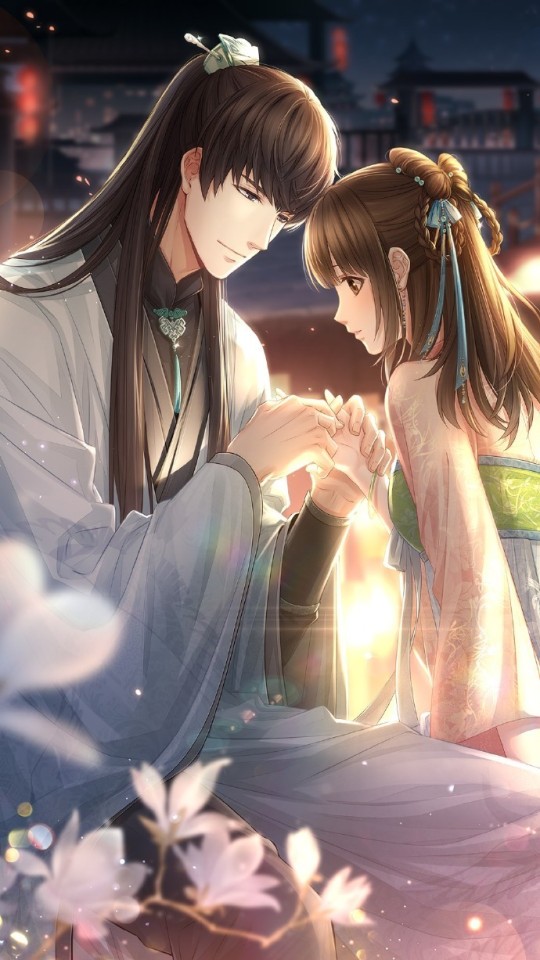
情不知所起,一往而深
I know not from whence love came, but these feelings grow ever deeper.
Trust Xumo to quote a line from a romantic tragedy. 牡丹亭(The Peony Pavillion) by 汤显祖(Tang Xianzu) is famous for its sad love story. I guess it’s similar to Western views of Romeo and Juliet.
Xumo uses a lot of literature references that have sad endings. Like Andersen’s The Little Mermaid, Oscar Wilde’s Nightingale, Saint-Exupery’s The Little Prince. It’s almost like a warning: ANGST AHEAD! Prepare for heartbreak and tears!
Anyway, this line perfectly describes how Xumo feels about Yōurán. He approached her at first with a plan to manipulate her and use her for Black Swan. But slowly his feelings for her became sincere. He doesn’t know when he fell in love with her, but his feelings just grow deeper and deeper.

金风玉露一相逢, 便胜却人间无数 One meeting amidst the autumn wind and jade dew, exceeds countless plain worlds.
金风玉露 means autumn wind and jade dew, but it’s used as an allusion of Qixi in many poems like 鵲橋仙(Fairy of the Magpie Bridge) by 秦观(Qin Guan) and 辛未七夕(Qixi of Year Xinwei) by 李商隐(Li Shangyin)
Qixi holiday is about the love story of the Cowherd and the Weaver girl. They loved each other and got married but the gods separated them and allowed them to meet only once a year.
However, the Milky Way(The Silver River in Chinese) was in their way, and the two lovers could only see each other from afar. The magpies and crows felt bad for them and flocked together to make a bridge so that the lovers could cross The Silver River to have their reunion.
When it rains in Qixi, it means that the Cowherd and the Weaver Girl are weeping tears of joy of having met, but also tears of sorrow because they have to part again until next year.
Zhou Qiluo’s line here means that their ONE special meeting on Qixi is magical and spiritual while the countless other meetings on other ordinary days are mundane and secular.

愿得一心人,白头不相离
To hold one true heart, until the hairs go grey.
This is referencing the poem 白头吟(Song about White Hair) by 卓文君(Zhuo Wenjun). The line is about husband and wife being faithful to each other until their hairs grow white(or grey) with age, about growing old together as a couple.
217 notes
·
View notes
Text
The Bronze Bird Terrace Tile Inkstone of the Matsumae Domain
It’s not everyday that I come across a historical tidbit that manages to connect several areas of my interest. The Matsumae clan based in southern Hokkaido, in charge of the northernmost domain of Japan until the modern period, claims to possess an inkstone made from a roof tile from Cao Cao’s Bronze Bird Terrace in Ye.
According to the Bunmei 17 (1485) entry of the Fukuyama Hifu (1780), the official clan documents of the Matsumae clan:
In this year, the northern barbarians presented an inkstone made from a roof tile. This is a tile from the Bronze Bird Terrace built by Cao Mengde [Cao Cao] of Eastern Han. Later people inscribed seal script on the inkstone, the words which say: “The Providence of Heaven grants me with this disc of Cao. The time was Qingming when it presented itself to man. This ceramic disc is of considerable antiquity and quality, and I write to tell of its provenance.“
On its underside are the five characters “Jian’an Year 15 [210 CE]“. From then to An’ei 9 (1780) now in Japan is 1570 years. The Register of Inkstones says Bronze Bird Tiles often came from the Bronze Bird Terrace, then chiseled into inkstones. The antiquity of such artifact is evident. The inkstone is now stored in the treasure vault.
And sure enough, the Matsumae Castle has the inkstone on display:
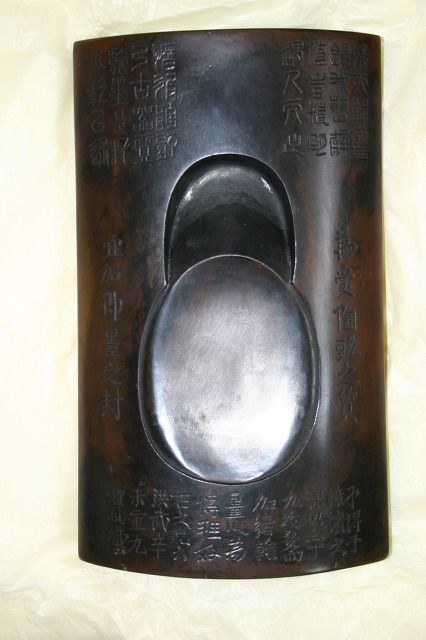
(Image source)
Seeing this, two questions naturally arise:
“Is this real?“ and “How did it get here?“
Inkstones of the Terrace
The Bronze Bird Terrace, or Tongquetai, is an iconic structure in Cao Cao’s base city Ye built in 210, the 15th year of the Jian’an era. Ever since Cao Cao invited his sons Cao Pi and Cao Zhi to write poetry atop the terrace, the place has been surrounded by a poetic tradition that far outlived the physical destruction of the city in 580, such that the words Bronze Bird themselves would immediately evoke in the minds of the literati images of Wei’s former glory, of the women continually condemned to perform for the dead, of the impermanence of human life, and of the rise and fall of dynasties.
Writers and poets began to collect memorabilia of the Bronze Bird Terrace by the Tang dynasty. They would go to the ruins of Ye to look for roof tiles and carve them into inkstones where they can grind inksticks and dip their brushes. The inkstones made from the Bronze Bird Terrace tiles were apparently “quite well made“ and can “hold water without drying up for days” according to a Song dynasty guide to writing implements. It also describes what sets these inkstones from others:
In the past, when the terrace was being built, the tiles were made by pottery workers who would filter the clay with fine linen and then add walnut oil to it before firing; therefore they were different from ordinary pottery tiles.
Su Yijian (958-97), The Four Lineages of the Study (trans. by Tian Xiaofei)
The Southern Tang minister Xu Xuan tested it out to his amusement:
As soon as water was poured in, it infiltrated the inkstones; however much water was poured into them, they were dried out right away, and the wet surface made a sort of sucking sound. Xuan said with a chuckle: “Ain’t the Bronze Bird thirsty!” In the end the inkstones could not be used; they were no different from any ordinary broken tile and brick.
Yang Yi (974-1020), Yang Wengong tanyuan (trans. by Tian Xiaofei)
Regardless of their utility (or lack thereof), the allure of “owning a piece of history“ was attractive enough that the demand created a market for fake Bronze Bird Tiles:
The authentic ancient tiles from Xiangzhou [Ye] are decayed and useless. The world merely values their name. People nowadays purify the clay and then mold it in the shape of the ancient tile and bury it underground. After a long time they [dig it out again and] make it into an inkstone.
Ouyang Xiu (1007-1072), Lineages of Inkstones (trans. by Tian Xiaofei)
Some locals would fake such inkstones in the shape of ancient tiles, and have sold a great many of them.
Su Yijian (958-97), The Four Lineages of the Study (trans. by Tian Xiaofei)
It would seem that the Bronze Bird Terrace tiles commonly found were mostly fakes, since authentic tiles from the Wei period would likely have been disintegrated in the centuries, not least because the whole city had been razed. Even if an intact tile was found, there is no guarantee that it came from Cao Wei since the pavilions atop the terraces had been remodeled and rebuilt several times, including during the Later Zhao in 337 and the Northern Qi in 558. This is why a fake tile would have to include obvious features that would link it to Cao Cao’s time, such as a year number, despite there being no indication that Cao Cao required the tiles to his buildings to have year numbers (though the practice exists in Chinese buildings like the Great Wall, where bricks would be marked with the date of their production and the name of the supervisor in charge).
Ultimately, unless proven otherwise by techniques like carbon dating, it is most likely that the Matsumae inkstone did not originate from Cao Cao’s Bronze Bird Terrace.
Mass-produced Appraisals by a Thirteen-year-old
The description in the Fukuyama Hifu does not fully transcribe the words on the Matsumae inkstone. It leaves out some details, including the following words on the bottom which gives some clues on its true origins:
Gotten from the depths of the Zhang River bank for 39 copper coins. Calligraphy added for the amusement of the cultured and aficionados of antiquity. Appraised by Dixian on Chongjiu day, Xinwei year of the Hongwu reign (October 7, 1391)
There is a tradition of literati adding words onto artifacts, works of art, and natural landforms. But instead of adding his name onto an ancient artifact, in this case Dixian seems to be trying to add value to a piece of clay dug out of the ground sold on the market. Dixian (翟仙) may be a variant of Quxian (臞仙), the courtesy name of the Ming dynasty Prince of Ning Zhu Quan, a man of literary pursuits. However, Zhu Quan was only 13 years old in 1391. If the identification is correct, one must question the value of the appraisal or if someone else was using his name to add value to the tile.
In fact, the Matsumae inkstone isn’t the only tile to bear this inscription of Dixian’s appraisal on October 7, 1391. Similar Bronze Bird Terrace Tile Inkstones with this exact inscription (including the price of 39 copper coins) show up in museums in China, Taiwan, and even Japan (and some ended up on auction sites), suggesting that these inkstones may have been mass-produced in the early Ming dynasty. So the Matsumae inkstone is not unique in this regard. What is unique is the way the inkstone reached Matsumae.
The Bronze Bird Flies Northeast
The Fukuyama Hifu says the inkstone came via “northern barbarians“, which means the Ainu in this case. The later source Matsumae Kaki (1878) elaborates that the “barbarian chiefs from Karato presented the Bronze Bird Terrace Tile Inkstone“, where Karato (Karafuto) is the Japanese name for the island of Sakhalin. If this is true, then it means that the inkstone began its journey from China around 1391, went northeast to Manchuria, crossed the Tatar Strait to Sakhalin, then went south from there to Hokkaido where it reached Japanese hands on the southern shores in 1485.
The Ainu’s role in the inkstone’s transmission is interesting, since the Ainu wasn’t known for their appreciation for Chinese literary culture. On the other hand, foreign goods were often emblems of Ainu wealth and prestige, which makes it plausible as a item they would present to the Japanese regardless of whether they recognized the alleged history attached to the inkstone. It is not entirely clear how the Ainu came across the inkstone. It could have been bestowed by the Ming court to the Tungisic peoples of the Amur Estuary as part of the so-called tributary trade in return for local goods (though Ming records show no evidence of inkstones being given), and from there ended up in the hands of the Ainu as part of a regional trade connecting Sakhalin, Hokkaido, Manchuria, and Kamchatka. Otherwise, they could have taken it from Manchuria, as the Sakhalin Ainu were in the habit of crossing into Manchuria when the sea ice froze over. In this scenario, the inkstone would be part of the stationery set of a Ming scholar-official sent on business to Manchuria, likely the headquarters in Nurgan (today Tyr, Russia); and somehow got left behind when the Ming abandoned the area after the Tumu Crisis of 1449, only to be picked up by the Ainu or one of the indigenous groups in the Amur Estuary.
The retreat of the Ming from the Amur Basin had a ripple effect on Ainu-Japanese relations. According to the Hokkaido researcher Kazuyuki Nakamura, the Ainu depended on trade for metal products, and as the Chinese left the area they had to look to Japan. Increasing contact and trade disputes were a contributing factor to Koshamain's War of 1457, where Takeda Nobuhiro, ancestor of the Matsumae clan, made a name for himself defending the Japanese outposts in southern Hokkaido from the Ainu. In 1475, Ainu chieftains from as far as Sakhalin presented tribute to Nobuhiro as a sign of nominal submission. One would imagine that the inkstone ended up in Matsumae through similar efforts.
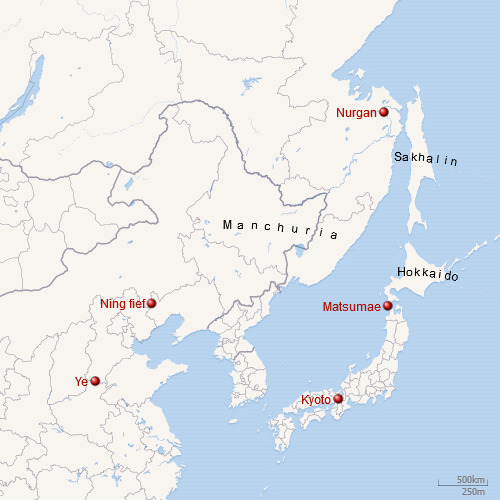
Map of relevant locations
Engagement with the North
Interestingly, there is another record of how the inkstone reached Matsumae, which has nothing to do with the Ainu at all. According to the Toukai Santan written by shogunal inspectors on tour to Matsumae in 1806, their hosts explained the inkstone as part of a dowry given to the Matsumae by the court aristocrat class (kuge) in Kyoto. If this is the case, the inkstone would have entered Japan through the usual Ming-Japan trade routes by sea. The Matsumae had close marriage ties to the kuge, so there were ample opportunities for the inkstone to be included in a dowry to the Matsumae.
On the surface, this explanation sounds more plausible than the Ainu route, but researcher Yasushi Kubo casts doubt on this simpler explanation. The Matsumae hosts had reason to lie to the shogunal inspectors, considering this was the time when Russia began to encroach upon Japan’s northern borders, and the shogunate was sensitive about where Matsumae stood. (There was a misunderstanding in 1799 where oversensitive shogunate inspectors saw a plaque on a shrine that read 降福孔夷 and interpreted it as “Fortune to the red barbarians”, when in fact it was a line from the Classic of Poetry that means “greatly blessed by fortune”. If not for the Confucian scholars in Edo, Matsumae domain would have been abolished then and there.) According to Kubo, the Matsumae had to play down their ties to the north to not rouse suspicion, so instead they made up an excuse for the inkstone that emphasizes Matsumae’s ties to central government. Otherwise, it would be difficult to explain why the earlier Fukuyama Hifu did not have the dowry story and instead has a less plausible-sounding origin story involving the Ainu. After all, Fukuyama Hifu was written by the well-learned Matsumae samurai Matsumae Hironaga, and it is hard to imagine that he would be unaware of the kuge dowry or had any reason to conceal it.
Remarks
Of course, there is the possibility that both routes described above are made up, since both descriptions are published hundreds of years after the purported event. The earliest independent eye-witness account of the inkstone being physically in Matsumae possession is an appraisal dated 1669, close to two centuries after 1485.
The Matsumae Castle Museum supplements the inkstone with a 1594 document stating that a Nakarai Shunran went to Ming China in the Zhengde era (1506-21) to learn medicine and returned to Japan with a Bronze Bird Terrace Tile Inkstone, gifted to him by his Chinese teacher. However, I wasn’t able to find out whether this is the same inkstone (as there is a number of such inkstones in Japan), or if Nakarai Shunran went to Hokkaido.
Regardless of how the inkstone came to Matsumae, it remained there as heirloom until it was sold off around 1922. For most of the 20th century it was considered missing until it was rediscovered in 2007. While not the finest specimen of a Bronze Bird Terrace Tile Inkstone - and most likely not from Cao Cao’s time - the Matsumae inkstone is nonetheless special for all the roles it might have played throughout its journey from China to Japan. From stationery to plaything to merchandise to emblem of prestige, the inkstone now rests as an exhibit in a display case in the Matsumae Castle Museum.
Selected sources
Kubo Yasushi [久保 泰] (2008), 松前家の家宝「銅雀台瓦硯」について
Nakamura Kazuyuki [中村 和之] (2008), アイヌの北方交易とアイヌ文化 : 銅雀台瓦硯の再発見をめぐって
Tian Xiaofei (2018), The Halberd at Red Cliff: Jian'an and the Three Kingdoms
7 notes
·
View notes